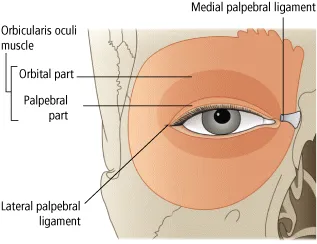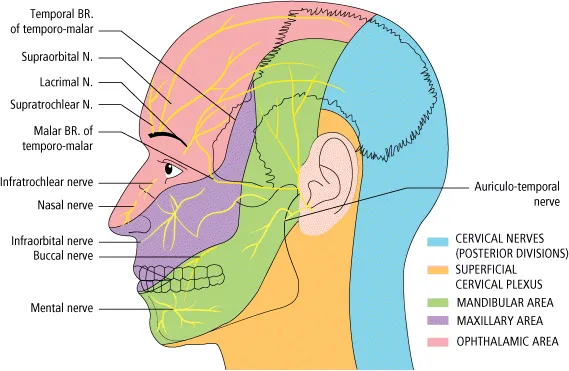
Ophthalmology
Bruce James, Anthony Bron, Manoj V. Parulekar
- English
- ePUB (handyfreundlich)
- Über iOS und Android verfügbar
Ophthalmology
Bruce James, Anthony Bron, Manoj V. Parulekar
Über dieses Buch
Highly Commended in Internal medicine in the 2017 BMA Medical Book Awards Highly illustrated, comprehensive, and accessible, Ophthalmology Lecture Notes is the ideal reference and revision guide to common eye problems and their diagnosis and management. Beginning with overviews of anatomy, history taking, and examination, it then covers a range of core ophthalmic conditions, including a new chapter on paediatric ophthalmology. The content has been thoroughly updated and includes:
- Over 200 diagrams and photographs
- A range of core clinical cases in chapter 20 demonstrating the clinical context of key conditions
- Learning objectives and summary of key points in each chapter
Ophthalmology Lecture Notes is perfect for developing knowledge for clinical practice or revision in the run-up to examinations, and uses a systematic approach to provide medical students and junior doctors with all the tools they need to manage clinical situations. It is also useful for optometrists in training, helping them develop a sound understanding of clinical ophthalmology.
Häufig gestellte Fragen
Information
1
Anatomy
Learning Objective
- To learn the anatomy of the eye, the orbit and the third, fourth and sixth cranial nerves, as a background to the medical conditions affecting them.

Introduction
Surface Anatomy of the Face


Sensory Innervation of the Face: The Fifth Cranial Nerve

Gross Anatomy of the Eye
- A tough, collagenous outer coat which is transparent anteriorly (the cornea) and opaque posteriorly (the sclera). The junction between them is called the limbus. The extraocular muscles attach to the outer sclera, while the optic nerve leaves the globe posteriorly.
- A rich vascular coat (the uvea) forms the choroid posteriorly and the ciliary body and iris anteriorly. Internal to the choroid lies the retina, to which it is firmly attached and whose outer two-thirds it nourishes.
- The ciliary body contains the smooth ciliary muscle, whose contraction controls focusing by altering lens shape. The lens lies behind the iris, supported by the zonules, whose fine fibres run from the lens equator to the ciliary body. When the eye is focused for distance, tension in the zonule maintains a flattened profile of the lens. When the ciliary body contracts, tension is relaxed, the lens takes up a more ...